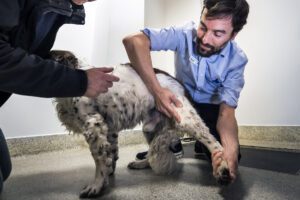NEWS
Latest news & updates
Read our stories all about the work we do and the issues we care about.
Featured hubs
Vet articles
Featuring a range of articles written specifically for you, our referring veterinary surgeons, by our specialist veterinary surgeons.















